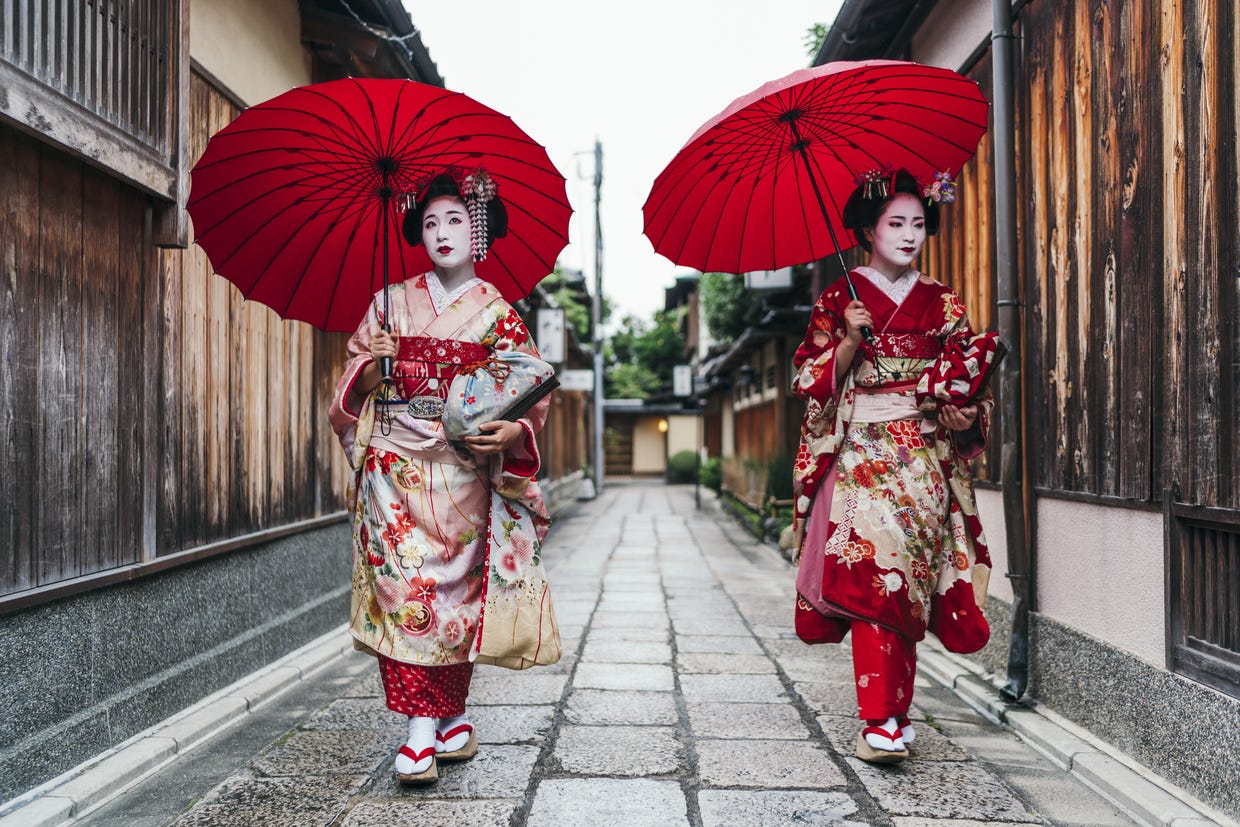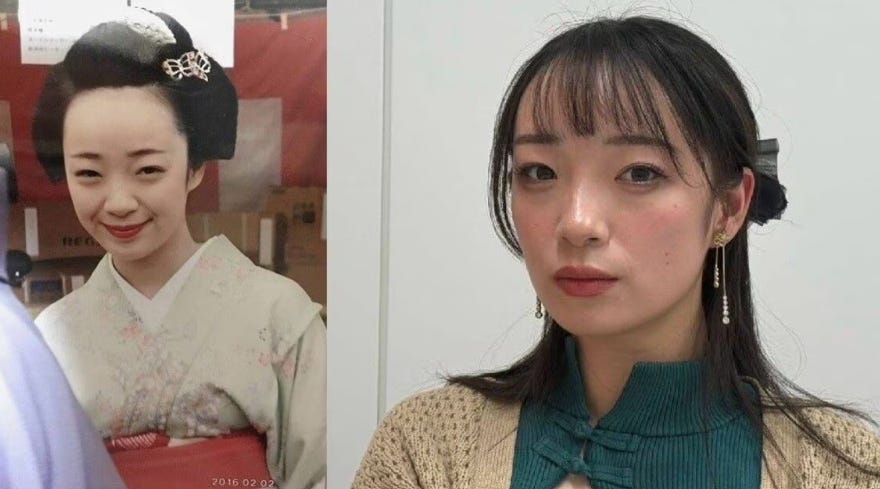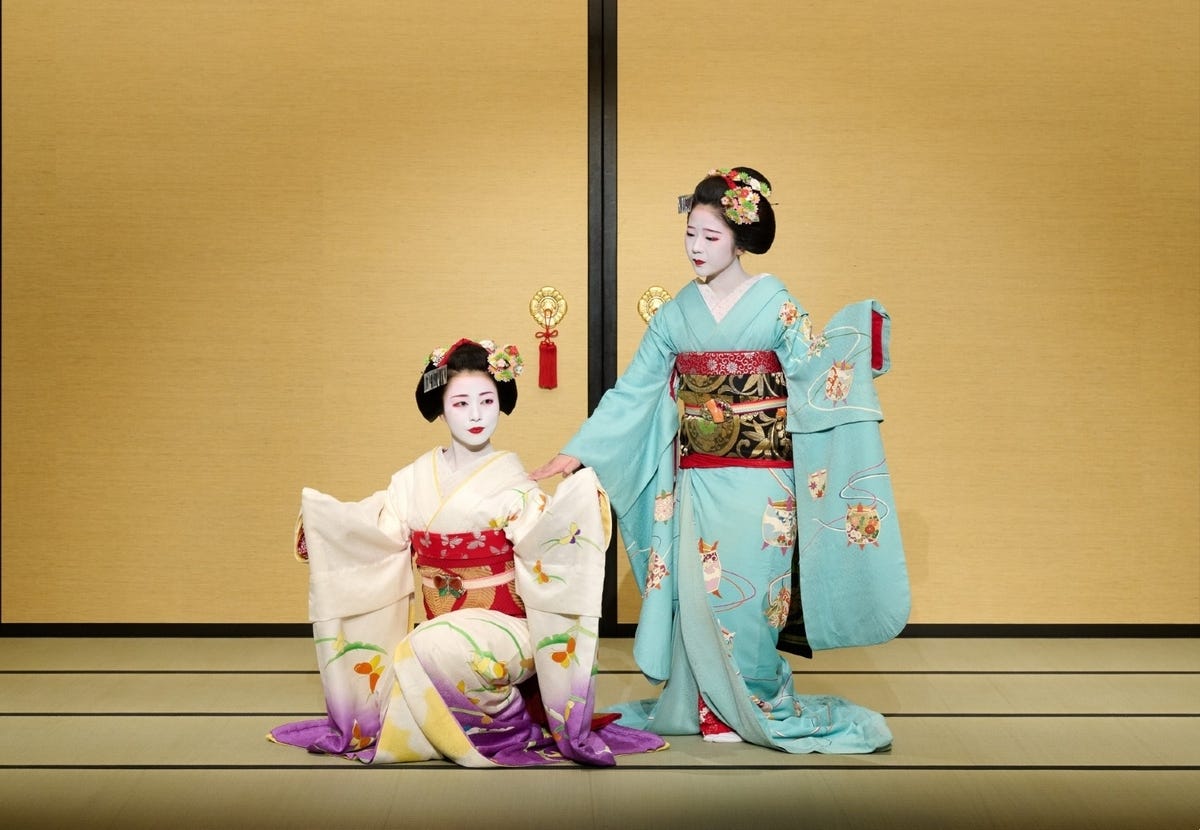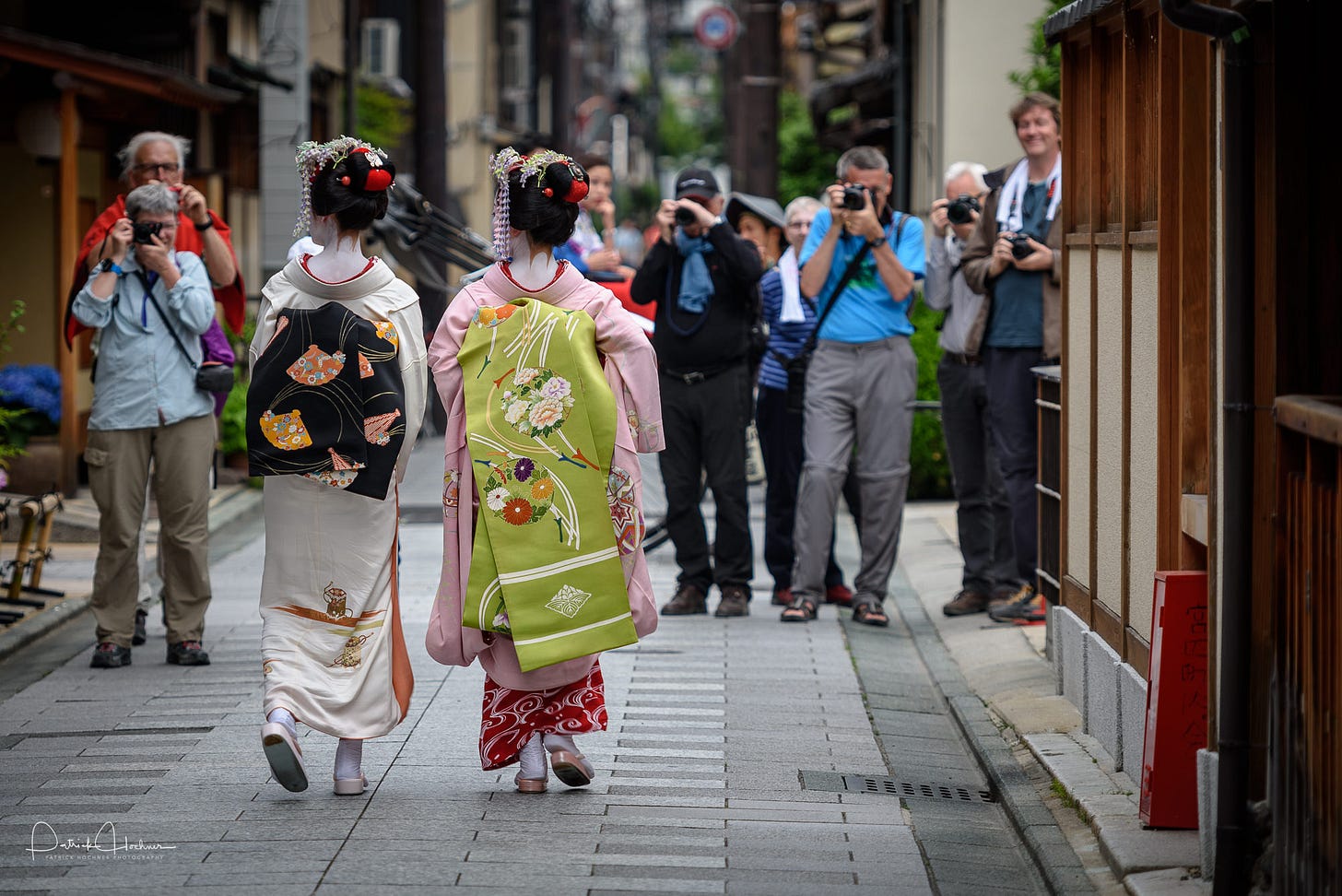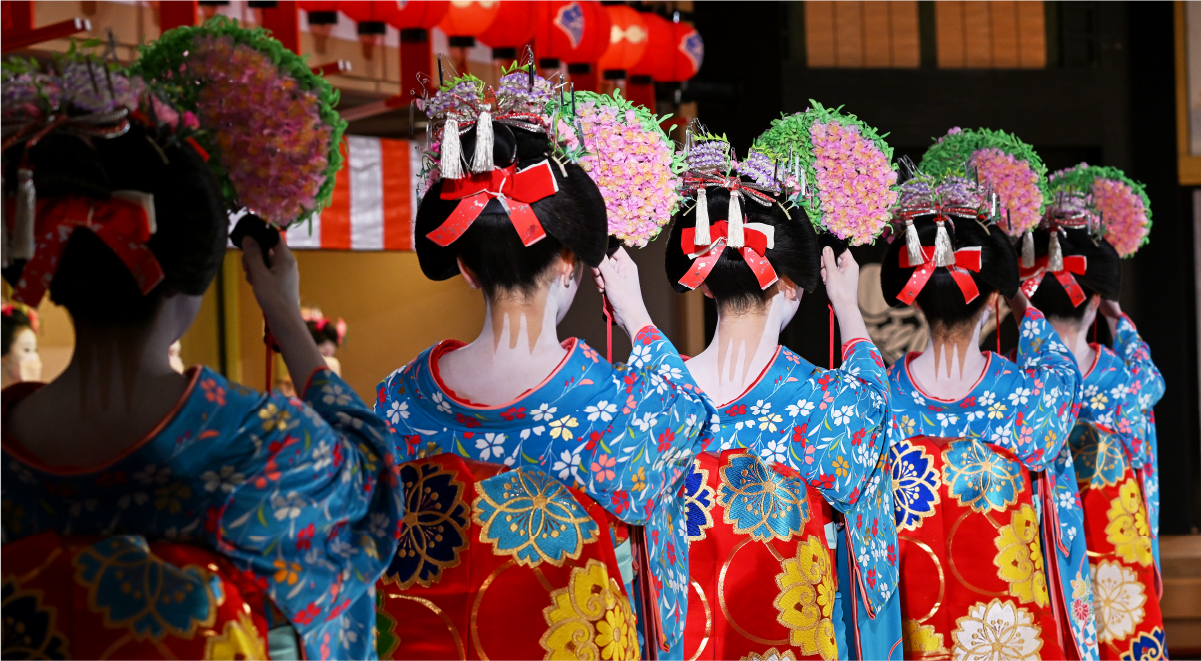Former Maiko Reveals Dark Truth About Life in Kyoto’s Geisha District
Japanese pop culture news edited by Patrick Macias
A maiko is an apprentice geisha in Kyoto who trains in traditional arts and entertains guests through dance, music, and conversation.
At age 16, Kiyuha Kiriki says she was forced to drink alcohol and was nearly coerced into mixed-gender bathing during her time as a maiko.
Her viral social media post exposing these experiences received over 120,000 shares and brought both praise and serious backlash.
Now 25, she shares the full story behind her entry into the maiko world, the challenges she faced, and how she is building a new life as a freelance writer.
At 16, Kiyuha Kiriki posted a shocking story on social media. She said she had been pressured to drink alcohol and nearly forced into communal bathing during her time as a maiko, or apprentice geisha. Her account drew over 120,000 shares and ignited intense public debate. While some praised her courage, others hurled insults and threats. Now 25 and working as a freelance writer, Kiriki is ready to tell the full story behind her viral post. From a difficult childhood to the strict rules of Kyoto’s maiko world, this is her journey of pain, survival, and self-discovery.
A Complicated Childhood and Unexpected Entry into Showbiz
Kiriki was born in Yamaguchi and raised in Wakayama and Osaka. Her early years were marked by a difficult home life. Her mother divorced when she was in first grade, and she had several half-siblings. “I didn’t really have a sense of hometown. My family situation was complicated, and I was bullied at school,” she recalls. That all changed when her mother, a fan of the fashion magazine CanCam, encouraged her to try modeling. Kiriki was only in second grade. She joined a talent agency in Osaka and found joy in performing.
From Stage Success to a Terrifying Incident in Tokyo
Kiriki was scouted by a Tokyo agency and moved to the capital around fourth or fifth grade. But soon after, she found herself in danger. She was called in for a supposed photo shoot. When she entered the office, no one else was there. “Even as a kid, I knew something was wrong. I asked to call my mom, and then the agency head kissed me in the hallway.” Terrified, she ran down nine flights of stairs and fled into a nearby restaurant. The place was popular with police officers, and they quickly called for help. The man was arrested and later sentenced to five years in prison for multiple offenses involving young girls. Kiriki took a break from entertainment for a year, traumatized but not defeated.
Finding Her Way Back to Performance and Into the Maiko World
Later, Kiriki’s older sister invited her to be a backup dancer for an underground idol group. She began performing again in local idol units and stage plays. One day, she became interested in traditional Japanese dance. A customer at her mother’s restaurant suggested she become a maiko instead of going to high school. Kiriki had no personal desire to take that path. “I already knew the negative side of it,” she says. But her mother became excited by the idea and started telling everyone. “I wanted to make her happy. She raised me on her own and worked hard, so I felt pressure to go along.”
Training to Be a Maiko: Discipline, Humility, and No Glamour
Kiriki went to Kyoto for a one-week trial that turned into a full commitment. She began the “shikomi” phase, the pre-debut training period. Trainees were made to look intentionally plain, with messy eyebrows, cartoon shirts, and tied-up hair. “It’s part of the performance,” she explains. “They want customers to see you transform from rough to refined. You become a polished gem in their eyes.” She trained in Kyoto dialect, dance, and manners. She also ran errands, cleaned up after senior maiko, and performed support duties. “It was hard work, but I didn’t hate the discipline. I respected the idea of learning through effort.”
A Life of Labor: Long Hours, Low Pay, and No Freedom
At 16, Kiriki officially debuted as a maiko. Her entire life changed overnight. She had only two days off per month and worked constantly without a salary. The okiya (boarding house) provided food and housing, but she only received a small allowance. It was usually around 20,000 to 50,000 yen per month. From that, she had to pay for makeup, sanitary products, and stationery for thank-you notes. “There was never any money left over. The clients paid a lot, but it all went to the okiya. We didn’t see any of it.” Some maiko houses required a service period of over six years. During that time, the girls were not allowed to quit and received no wages. The system, she says, felt like something from another era.
The Physical Strain Behind the Beauty
The maiko look is iconic, but it comes at a price. “The hair is your real hair. You can’t wash it, so dandruff builds up. Sometimes insects crawl in. The style is so tight it pulls your scalp. Some girls end up with bald spots.” Heavy accessories, layers of kimono, and white face makeup make movement difficult. Sleeping on tall pillows is required to maintain the hairstyle. “It’s stressful and exhausting,” she says. Yet few people see what lies beneath the surface. “To the public, it’s beautiful and traditional. But for the girls living it, it can be painful and isolating.”
Going Viral: The Price of Speaking Out
Years later, Kiriki finally spoke up. Her tweet about underage drinking and coercion exploded online. Support poured in, but so did hate. “I got messages accusing me of lying. Some people said I was trying to destroy Japanese culture. Others sent threats. I cried a lot. But I also realized I wasn’t alone.” The attention took a toll on her mental health. But it also opened the door to something new.
A New Life as a Writer
Kiriki decided to become a writer. Today, she works freelance, covering topics like labor rights, social justice, and abuse within traditional industries. “I want to tell real stories. Not just the polished version, but the complicated, messy truth.” Her writing has given her a new voice. She now controls how her story is told. She hopes her experience encourages others to speak out, even when it’s difficult.
Final Reflections and the Road Ahead
Looking back, Kiriki says she does not regret becoming a maiko. “I regret the things I couldn’t say back then.” She understands why some people cling to tradition. But she believes the systems that harm young women in the name of culture need to change. “I want people to see maiko as real girls. Not just symbols or entertainment. We deserve better.” At 25, she is no longer just surviving. She is telling her story in her own voice and building a future on her own terms.
Original article via Toyokeizai.net



